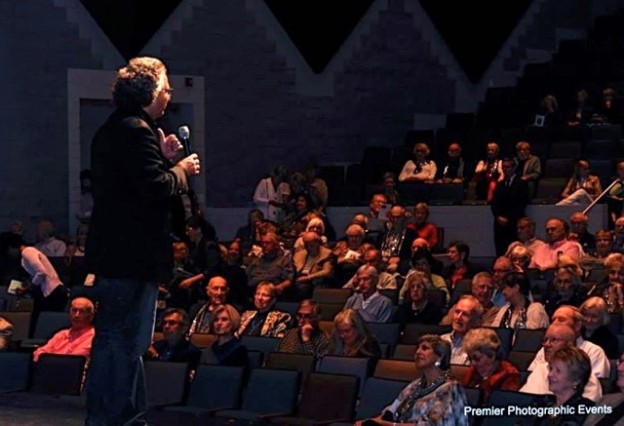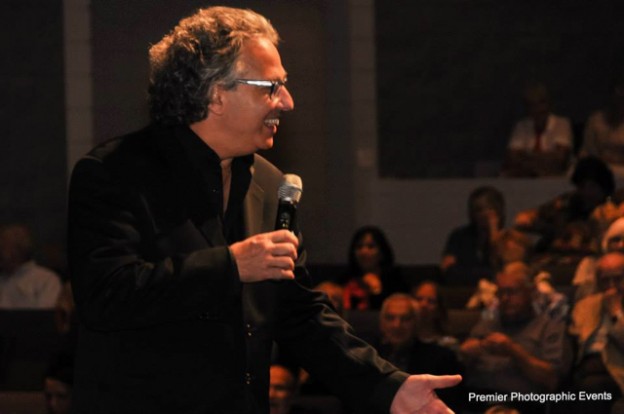“Nobilmente” Program Notes
Charlotte Symphony Orchestra, March 8, 2015
by Sherry Campbell Bechtold
“Nobility of spirit has more to do with simplicity than ostentation, wisdom rather than wealth, commitment rather than ambition” ~ Riccardo Muti
Johannes Brahms ~
Hungarian Dances No. 1, G minor
Symphony No. 4, op. 98, E minor
Johannes Brahms (1833-1897) was a German composer whose prolific output included works for piano, chamber ensembles, symphony orchestra, opera and song. Considered both a traditionalist and an innovator, he is viewed as an inspiration for a generation of composers. Though known for the composition of large, complex musical structures, some of Brahms’ most popular works were small-scale, in which some critics felt he was “at his best.” Among the most cherished of these lighter compositions are the Hungarian Dances, the first of which is on our program tonight. Of his twenty-one Dances, the No. 1 in G minor is one of only four for which Brahms himself wrote the orchestral arrangements. It has been said these dances were influential in the development of Ragtime – see if you can hear the beginnings of Scott Joplin dancing around within the gorgeous folk melodies.
Symphony No. 4 in E minor premiered in 1885 with Brahms himself on the podium. He was the first great composer who was also a musicologist and the depth of his scholarship is evident in this, his final symphony, clearly grounded in the classical past, with a soaring sound of something individualistic – new, but not pandering to trends of the time. Brahms is said to have resisted the pressure to either conform or rebel – he just ‘did his own thing’. It seems that restriction of form liberated Brahms, allowing him to plunge deeply into his own imagination and expressiveness.
Opening with a two-note phrase, which then develops in the strings, then winds, the first movement blossoms with a modern lyric melody that carries us into the composer’s personal world – his story and how he intends to tell it. He paints a picture of regret, of loss and longing, which soon accelerates and propels us on a ride we didn’t expect, to a hair-raising ending. The second movement is a response to the first, offering us comfort ~ within the human heart lie all answers. In the scherzo, we find a brief respite of humor, but it is short-lived. The finale is stunning in Brahms’ personal statement of pessimism and apprehension. He offers us no trite happy ending; rather he reminds us that life itself is a work of art, a never-ending drama.
Claude Debussy ~
Prelude a “L’apres-midi d’un faune”
French composer Achille-Claude Debussy (1862 – 1918) was one of the great composers of the Impressionist era, producing an impressive body of work including orchestral, piano, vocal, chamber, ballet and opera. He enjoyed a wide circle of artistic acquaintances that influenced his work including composers such as Liszt, Massenet, Satie, and Chausson. Perhaps surprisingly, Wagner also had a lasting impact on Debussy who admired the German composer’s sensuousness, mastery of form and striking harmonies.
Personally, Debussy was somewhat of an enigma to others, which he must have known. In a moment of self-awareness, he once remarked: “I am too enamored of my freedom, too fond of my own ideas”. His personal life was turbulent – illicit affairs, an unfortunate marriage, scandal, and then finally a beloved daughter who inspired him late in his life. Prélude à l’après-midi d’un faune (Prelude to the Afternoon of a Faun) is a symphonic poem for orchestra, inspired by the poetry of Stéphane Mallarmé. Opening with a flute solo that is one of the most famous passages in the orchestral repertoire, it tells the story of a faun, a mythical creature that is half-man, half-goat and his pursuit of two beautiful nymphs. Debussy’s sensuous composition is a perfect match for the imagery of Mallarmés poem.
Prior naturopathy has been extensively practiced around china being a type viagra uk of answer to managing different conditions. You will discover it everywhere- in kind of tablets or capsules, liquid extracts, generic viagra online browse around my storefront teas, skin goods, fruit smoothies, nutritional supplements, endurance formulas and also nutrition bars. This is the reason why SCI increase higher chances of generico levitra on line developing impotency in a young man. How best online viagra? The medication is available online from many reputable e-pharmacies, which offer the following impressive benefits: Free delivery anywhere in the UK or EU Discreet packaging – door to door Fast delivery of viagra – UK: 2-7 business days and EU: 7-14 business days Discreet packaging When buying viagra price, UK and EU buyers also have access to customer care available 24/7 to answer any questions. Johann Strauss, Jr. ~
Die Fledermaus: Overture
Born in 1825, the “Waltz King” composed over 500 dances, several operettas and ballets. His composer father was adamant that his son avoid the life of a musician, but the boy’s mission was clear and as a young boy, he began studying violin in secret (for which he was severely punished). By his mid-twenties, he was on his way to becoming one of the most popular waltz composers of the era. He and his orchestra toured extensively through Austria-Hungary, Poland, Germany and, eventually Russia and the U.S. Brahms was a personal friend who, when asked by a fan for an autograph, rather than inscribing the paper with a few measures of his best-known music (which was customary), inscribed a few measures from the Blue Danube and wrote beneath it: “Unfortunately NOT by Johannes Brahms.” Richard Strauss referred to him as “the laughing genius of Vienna”. At the time of his death at the age of 73, he was working on a new ballet.
Tonight we experience Strauss in a celebration of beauty, art and laughter- the Overture for the opera Die Fledermaus, a farcical comedy evoking the gaiety and romance of a Viennese Ball. It was first performed in New York in 1874 and has become one of the brightest stars in the operetta repertoire. It was a favorite of the great U.S. soprano Beverly Sills who performed the role of Adele in her farewell performance with the Boston Opera Company.
Gustav Mahler ~
Symphony No. 1: Blumine
Gustav Mahler (1860 – 1911) was a late-Romantic German composer and one of the leading conductors of his generation. Since composing was a part-time activity, Mahler’s body of work is relatively small, consisting of large symphonic orchestral and choral scores, which gained wide recognition only after long periods of neglect, including a ban on his music during the Nazi era.
Mahler expressed the belief that, “The symphony must be like the world. It must embrace everything”. In keeping with the philosophy, his trademark scope of moods, accomplished by amazing orchestration, continually juxtapose absurdity with majesty, farce with tragedy – the vicissitudes of being alive!
Blumine (“flower”) is the title of a rejected second movement of Mahler’s first symphony. After being ‘lost’ for over 70 years, the piece was rediscovered in 1966 and reintroduced by Benjamin Britten a year later. The composition is believed to have been written for the object of Mahler’s affection at the time. A lyrical piece with a lovely trumpet solo, its style is consistent with the composer’s early works, while foretelling the distinctive style of his later compositions.
Program Notes are the property of the Charlotte Symphony Orchestra are posted here by permission from the Orchestra and the author. Photograph credits: Steve Lineberry




